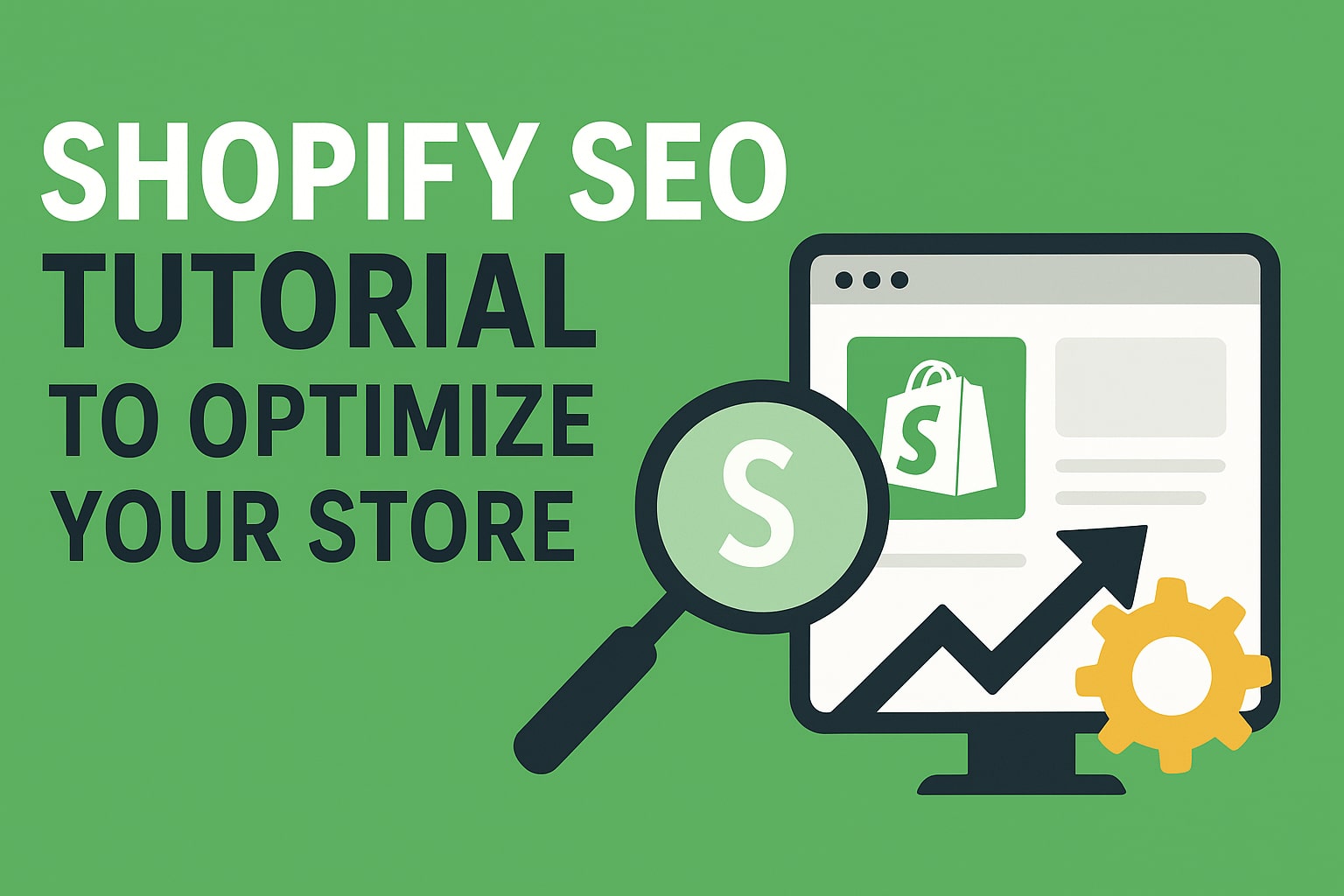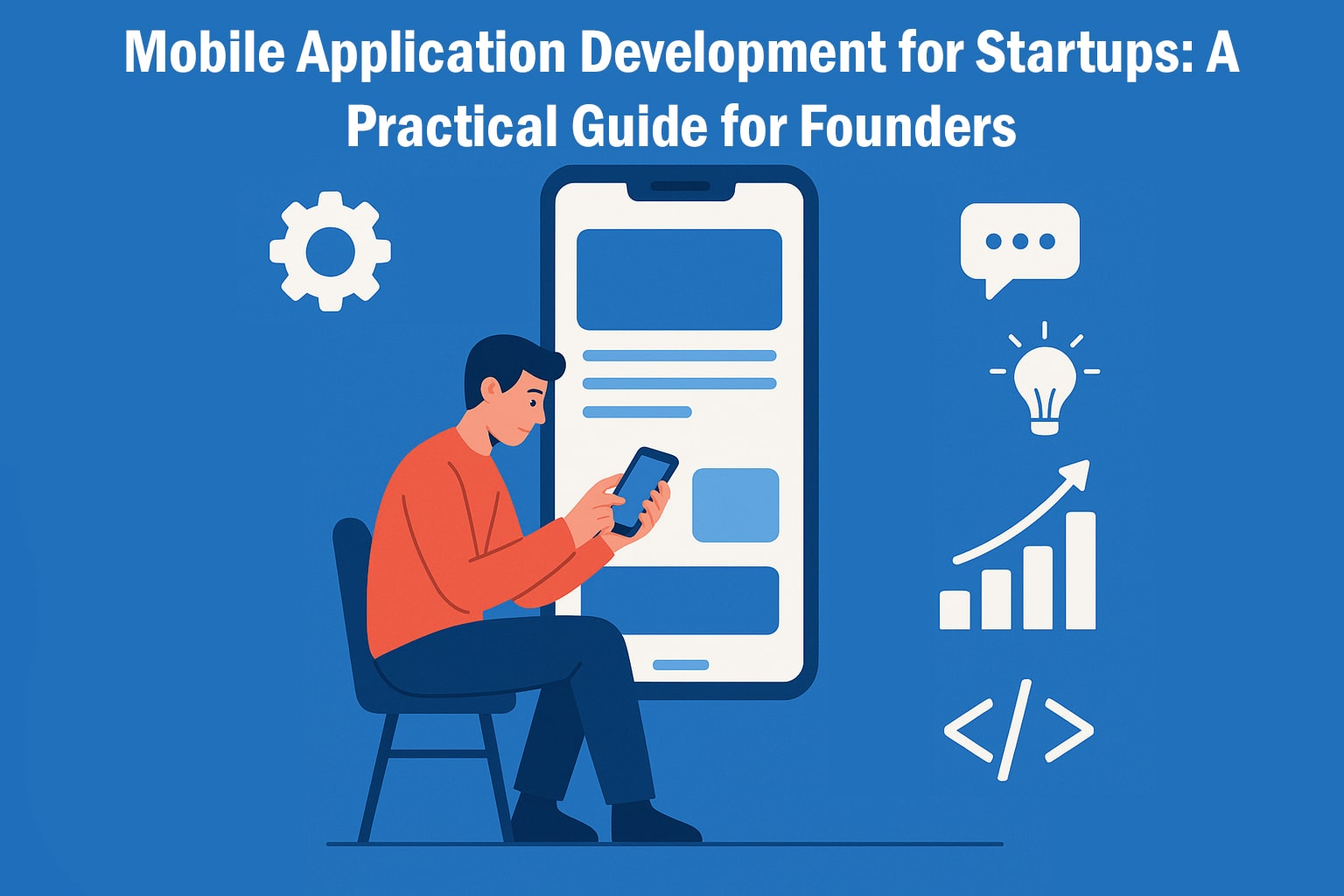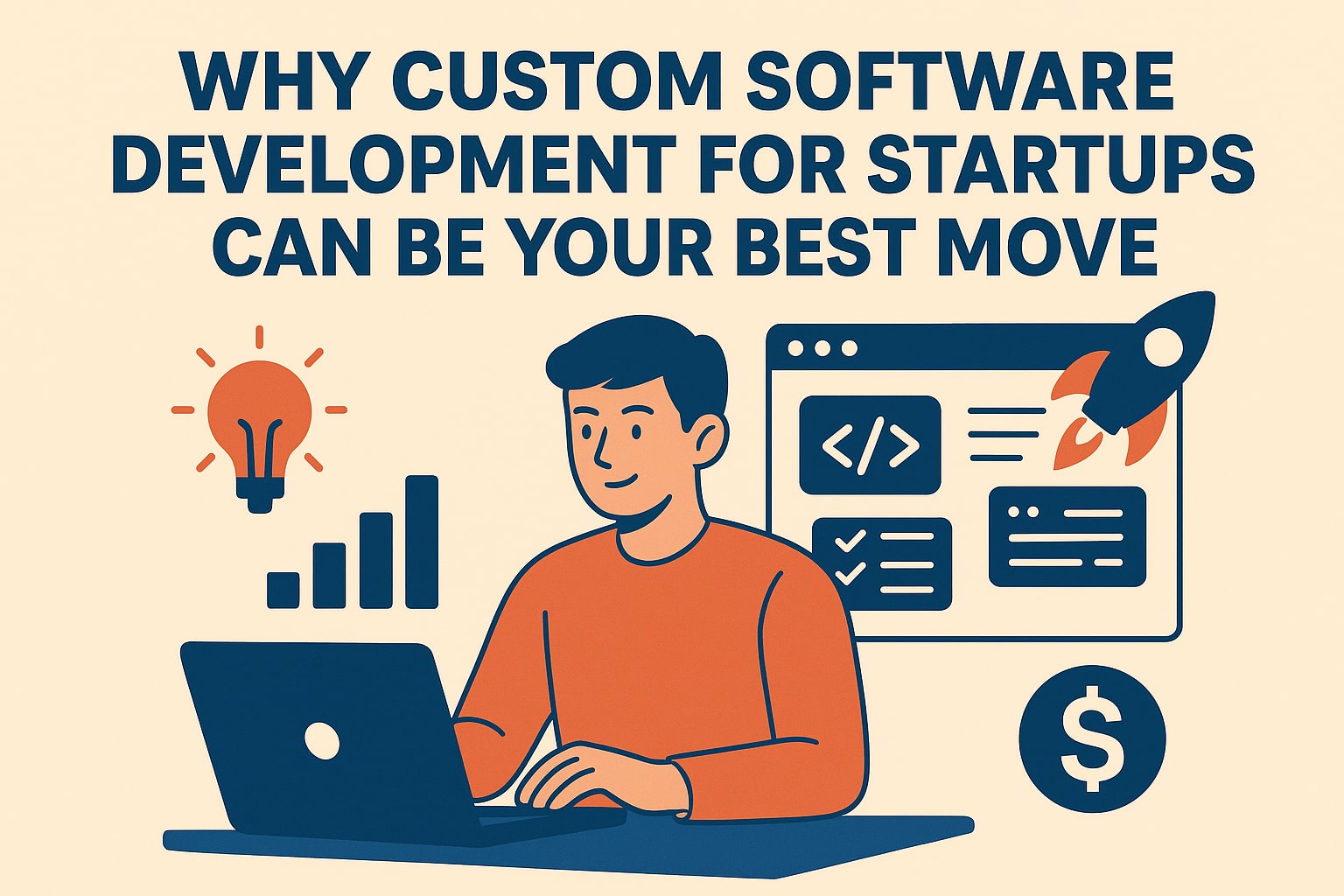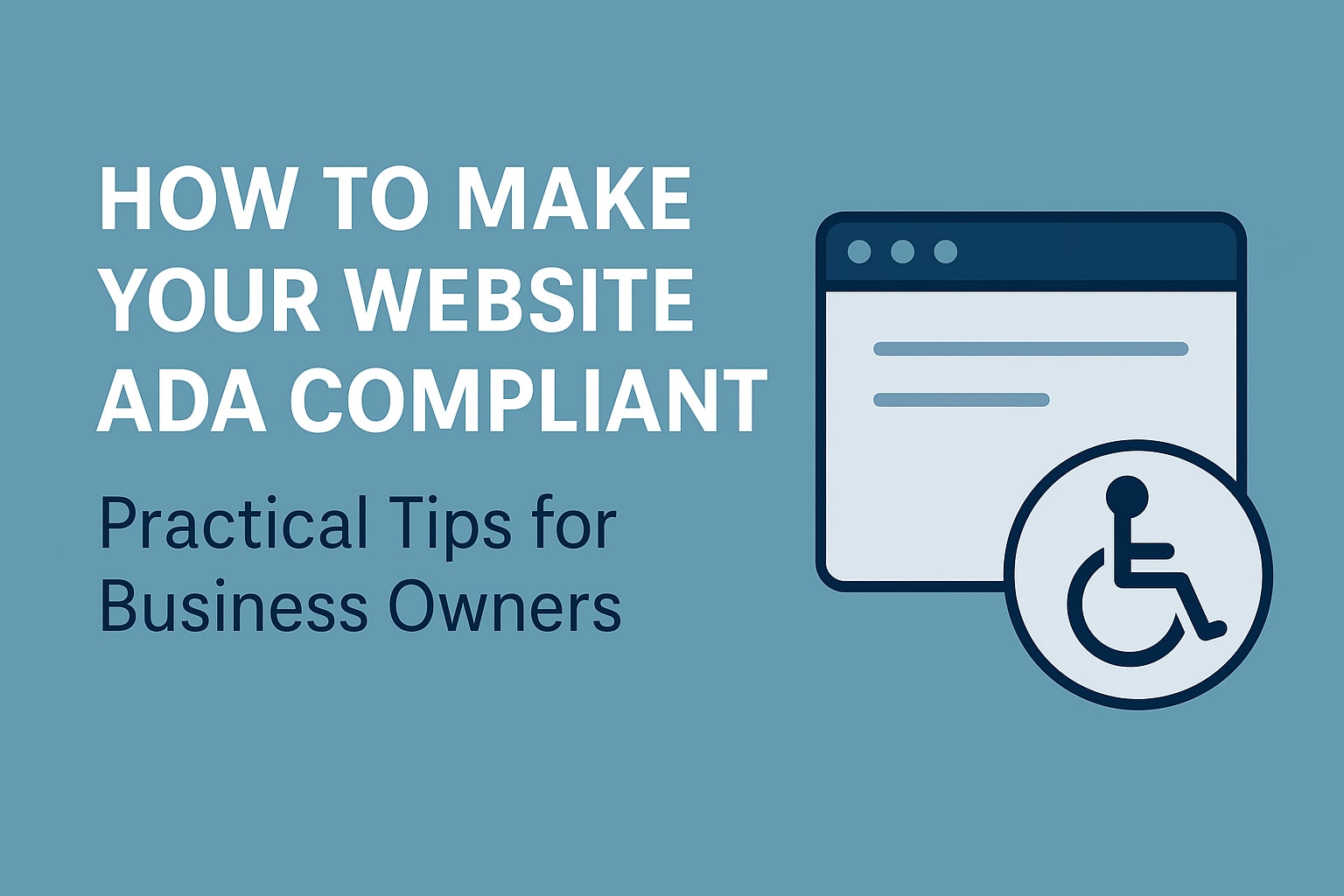
Shopify SEO Tutorial to Optimize Your Store
Let’s be honest – running a Shopify store without SEO is like setting up a beautiful shop in the middle of the desert. Sure, you’ve got great products, maybe even a sleek design, but if no one can find you on Google, what’s the point? Ten years ago, most e-commerce brands were pouring everything into ads, hoping for quick results. Fast forward to now, and it’s clear: ads are expensive, traffic stops the second you stop paying, and everyone is fighting for the same clicks. SEO, on the other hand, is the quiet hero – low-cost, long-lasting, and often the most profitable way to grow. That’s exactly what this Shopify SEO tutorial is here to show you. In our previous article, we explored AI Shopify Optimization Today we’ll walk you through the essentials – the steps that actually matter. Not the fluff, not the endless “expert hacks,” just the strategies that get results.
Why SEO Matters for Shopify Stores
Picture this: you’re running ads, sales are coming in, life is good. Then, you pause your ads for a week – silence. No visitors, no sales.
That’s the magic of SEO – it keeps working even when you’re not paying every click. With the right Shopify SEO tutorial approach, even small tweaks can create a steady flow of traffic that compounds over time. Think of it as planting seeds for long-term growth instead of constantly buying fruit at the market.
Step 1: Product Titles That Actually Work
Quick question: what’s the difference between “Kånken” and “Fjällräven Kånken Backpack – 16L, Royal Blue”?
Answer: Google loves the second one, and so will your customers.
The formula is simple:
- Brand + Model
- Product Type
- Features (size, color, material)
This way, you catch both branded searches (“Kånken”) and general searches (“blue backpack,” “16L backpack”). And let’s be real – the broader the net, the more clicks you get.
Pro tip: Keep it short and clean on your storefront, but go all in with details in the SEO fields.
Step 2: Product Descriptions That Sell (and Rank)
Here’s a mistake almost every store makes: either skipping product descriptions entirely or writing three sad lines of text.
Google likes content, and customers like details. Aim for 100–200 words per product. If you’ve got a small catalog, go deeper – up to 300 words. But if you’re dealing with hundreds of items, use bullet points and benefits-focused copy.
Instead of saying “water-resistant fabric”, try “water-resistant fabric keeps your belongings dry even in a downpour.” See the difference? One is a feature, the other solves a problem.
Step 3: Meta Titles and Descriptions
Your meta title is like your shop’s nameplate on Google. Get it wrong, and people just walk past. Get it right, and they click.
Here’s the structure:
- Product Name + Product Type + Features + Store Name
Example: “Fjällräven Kånken Backpack | 16L Royal Blue | Digital Octane Store”
Keep it under 65 characters, and for the description – talk like a human. Mention fast shipping, free returns, or whatever makes your store stand out.
Step 4: Clean URLs
Would you rather click this:
- /fjallraven-kanken-d16-small-backpack-in-royal-blue
or this:
- /fjallraven-kanken-backpack-royal-blue
Exactly. Short, simple, readable. Always redirect old URLs to avoid those nasty 404 errors.
Step 5: Smart Product Categories
Here’s where many store owners slip: vague categories. Google (and your customers) want precision.
- Correct: Motorcycle Protective Clothing → Motorcycle Pants
- Wrong: Generic → Clothing → Pants
Get specific, and you’ll get noticed.
Step 6: Image SEO That Actually Works
Image improvement is the next part of our Shopify SEO tutorial. Images are very important for online stores, but if you upload them as “DSC1234.jpg”, you’re basically invisible. Rename them properly, like “fjallraven-kanken-backpack-blue.jpg”, and add alt text such as “Fjällräven Kånken 16L Backpack, Royal Blue.”
Your site will be faster, your rankings will be better, and your customers will thank you.
Step 7: Collections and Homepage Love
Don’t forget – SEO isn’t just about product pages.
- Collections: add short, keyword-rich descriptions.
- Homepage: optimize meta title + description, highlight your value (free shipping, sustainability, awards, etc.).
Remember: first impressions matter.
Step 8: Technical SEO & Branding
This one’s simple but powerful. Make sure your Shopify brand settings are complete: logo, colors, socials. Why? Because this info shows up in rich snippets and link previews.
Conclusion
There you have it – a Shopify SEO tutorial that cuts through the noise. With just a handful of optimizations (titles, descriptions, meta tags, URLs, categories, images, collections, and technical setup), you can transform your Shopify store’s visibility.
The best part? You don’t need to be an SEO wizard. Just consistent effort in the right places can turn your store into a traffic magnet.
And if you want to take things to the next level, that’s where we come in. At Digital Octane, we combine Shopify know-how with serious SEO expertise to help your business grow without burning your budget on ads.
You may also like

Mobile Application Development for Startups: A Practical Guide for Founders
Imagine this: your startup has a brilliant idea, a tiny but passionate team, and a shoestring budget. You wonder – do we need a mobile app right now, or is it just a shiny distraction? Many founders face this dilemma, and the answer isn’t as obvious as it seems. Mobile application development for startups can…

Why Custom Software Development for Startups Can Be Your Best Move
For startups, every choice matters, especially with software. The right tech, partners, and product development approach can determine growth. One important decision is whether to use ready-made programs or to invest in custom software development for startups. In our previous articles, we explored various sides of Shopify – from Shopify Social Media Integration to the…

Practical Strategies for ADA Website Compliance Every Business Should Know
If you think ADA website compliance is just about being inclusive – think again. In recent years, thousands of U.S. businesses have been hit with lawsuits because their websites weren’t accessible to people with disabilities. The problem is that some lawsuits aren’t about real accessibility issues, but instead involve law firms seeking settlements. That’s why…

